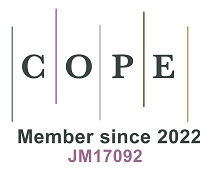fig3

Figure 3. Concentration levels of POPs measured in the Belgian pooled national samples from the WHO 2006 and 2014 studies. (A) chlordane group is expressed as the sum of α-chlordane, β-chlordane and oxychlordane; (B) DDT group as the sum of o,p’-DDT, p,p’-DDT, p,p’-DDE, and p,p’-DDD; heptachlor group as the sum of heptachlor and heptachlor-epoxide (cis/trans), toxaphene is expressed as the sum of Parlar 26, Parlar 50, and Parlar 62 and the sum of α-HBCD, β-HBCD, and γ-HBCD [HBCD group: LOQ = 0.8 (yr 2006) and 0.1 (yr 2014)]; (C) individual PBDE congeners and (D) various sums of PCDD/Fs and PCBs expressed as WHO2005 TEQ. POPs: Persistent organic pollutants; WHO: World Health Organization; DDT: dichloro-diphenyl-trichloroethane; DDE: dichloro-diphenyl-dichloroethane; DDD: dichloro-diphenyl-dichloroethylene; HBCD: hexabromocyclododecane; LOQ: limit of quantification; PBDE: polybrominated diphenyl ether; PCDD: polychlorinated dibenzo-p-dioxin; PCBs: polychlorinated biphenyls; TEQ: total toxic equivalence.







